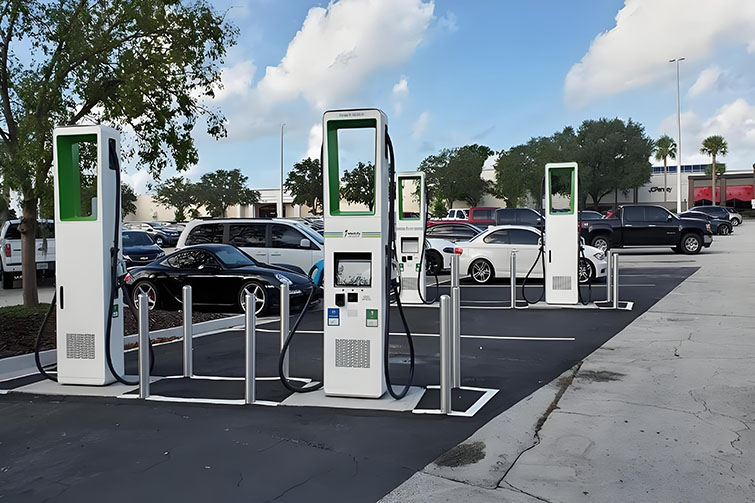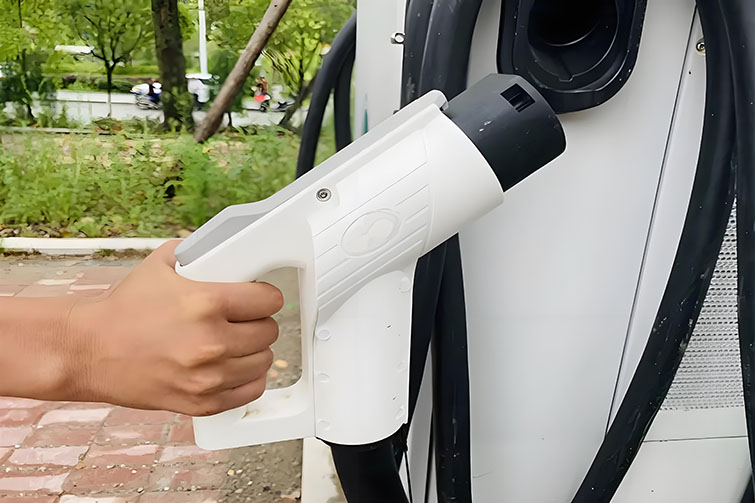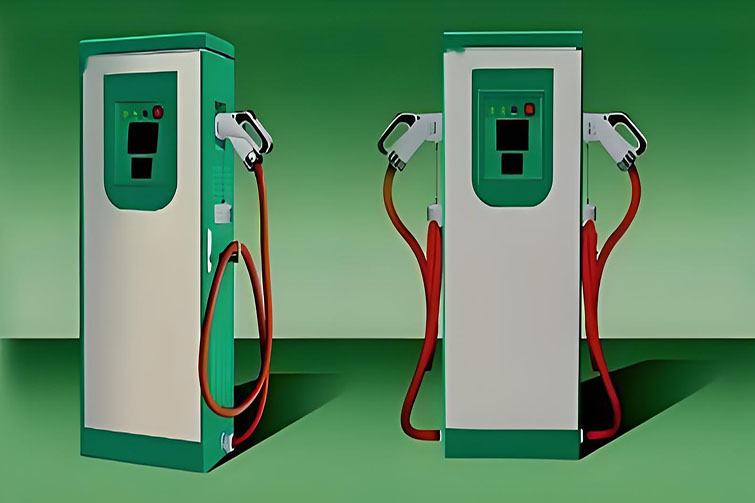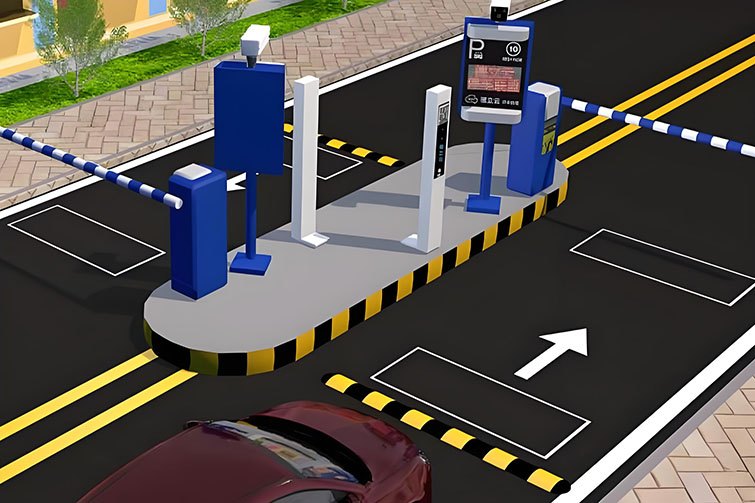

Unveiling the Power Needs: Demystifying Level 3 Charging Station Requirements!
Level 3 DC fast chargers, also known as DCFC or DC rapid chargers, are the superheroes of EV charging, capable of significantly reducing charging times compared to Level 2 chargers. But what does it take to power these high-speed charging stations effectively? Let’s delve into the intricacies of Level 3 charging station power requirements.

Understanding Level 3 Charging:
Level 3 chargers utilize direct current (DC) power and are capable of delivering a much higher charging rate compared to Level 2 chargers. This enables EV drivers to charge their vehicles quickly, making Level 3 charging stations ideal for long-distance travel and busy urban areas.
Power Requirements:
Level 3 charging stations require a substantial amount of power to operate efficiently. While specific power requirements can vary depending on factors such as the charger’s manufacturer and technology, typical Level 3 DC fast chargers may require power inputs ranging from 50 kW to 350 kW or even higher.
Compatibility with EVs:
Not all electric vehicles are compatible with Level 3 chargers. While many modern EV models support fast charging, it’s essential for EV owners to check their vehicle’s compatibility with Level 3 charging stations before use. Tesla, for example, utilizes its proprietary Supercharger network, which operates at similar speeds to Level 3 chargers but requires Tesla-specific connectors.
Infrastructure Considerations:
Building or upgrading infrastructure to support Level 3 charging stations requires careful planning and coordination. Factors such as power grid capacity, site location, and accessibility must be taken into account to ensure the seamless operation of these high-power charging stations.
Future Developments:
As technology continues to advance, we can expect to see further improvements in Level 3 charging station efficiency and power requirements. Innovations such as bidirectional charging, where EVs can not only receive but also supply power to the grid, are already on the horizon, promising even greater flexibility and sustainability in the future.
Conclusion:
Level 3 charging stations represent a significant leap forward in EV charging technology, offering rapid charging capabilities that are essential for the widespread adoption of electric vehicles. By understanding the power requirements and considerations associated with these stations, we can pave the way for a more efficient and sustainable transportation future.
Final Thoughts:
Demystifying the power needs of Level 3 charging stations is crucial for ensuring their widespread adoption and effective integration into our transportation infrastructure. As EV technology continues to evolve, so too will the requirements and capabilities of Level 3 charging stations, driving us towards a cleaner, greener future.








